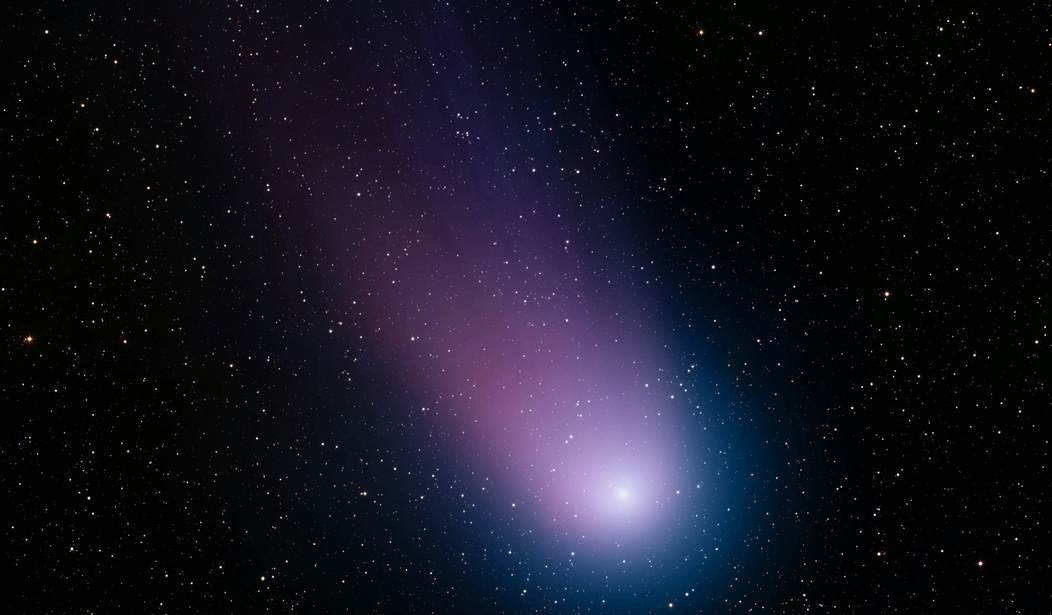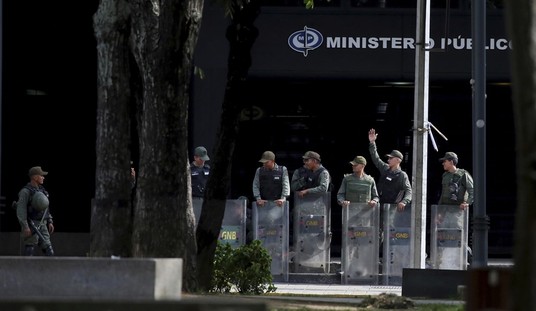The election is over, thank the Gods. Now the eructations of the pundits begin. In their honor, let's look at some much more interesting gas clouds.
Or dust clouds. The term nebula comes from Latin, and means, reasonably, “mist” or “cloud.” There are different sorts of nebulae. According to The Handy Science Answer Book:
The four types of nebulae are: emission, reflection, dark, and planetary. Primarily the birth place of stars, nebulae are clouds of gas and dust in space. Emission nebulae and reflection nebulae are bright nebulae. Emission nebulae are colorful and self-luminous. The Orion nebula, visible with the naked eye, is an example of an emission nebula. Reflection nebulae are cool clouds of dust and gas. They are illuminated by the light from nearby stars rather than by their own energy. Dark nebulae, also known as absorption nebulae, are not illuminated and appear as holes in the sky. The Horsehead nebula in the constellation Orion is an example of a dark nebula. Planetary nebulae are the remnants of the death of a star.
This first image is from one of my favorite constellations, the Pleiades. This was taken in infrared, which means these are false colors, since we don’t see infrared.
Dear Seven Sisters in infrared © https://t.co/eFulaKreVD pic.twitter.com/3DHhl7cnyR
— Alienigena11 (@Madriles6211) November 15, 2024
Not all nebula pictures are false color.
M8 Lagoon Nebula in Sagitarius constellation https://t.co/JBO8J78wJm pic.twitter.com/aMO01l9k0y
— Julio Maiz (@maiz_julio) November 15, 2024
This one is obviously a diffuse nebula. I think it looks like something that needs a starship flying past. By the way, on this and a number of others, you can get a better view if you click through to the actual eructation on X. Go there, like the post, and even re-X it.
without-ado: Antaresl Gerald Rhemann https://t.co/VqfRxfTghY pic.twitter.com/yYROPphNIm
— Alienigena11 (@Madriles6211) November 15, 2024
Recommended: Post-Election Statue of Liberty Eye Candy
The Great Nebula in Orion is easily visible to the naked eye if you have a reasonably dark sky — in fact, it’s the middle “star” in Orion's belt. It turns out to be a region of much star formation.
M42 Great Orion nebula by 📷 Alistair Scooby. pic.twitter.com/onZFNz36r9
— Alienigena11 (@Madriles6211) November 14, 2024
This is another false color image. It’s from our neighbor galaxy, the Small Magellanic Cloud.
NGC602 Star cluster in the Small Magellanic cloud by James Webb telescope #NASA #ESA pic.twitter.com/OyFKPNnbtx
— Julio Maiz (@maiz_julio) November 15, 2024
I just think this one is pretty. There’s only so much you can say about a cloud of gas, which is why I’m finding it harder to write about politics.
Dust and the Western Veil Nebula © https://t.co/VBi72U0VHl pic.twitter.com/vejKZcnGvr
— Alienigena11 (@Madriles6211) November 15, 2024
Not all nebulae are bright.
Barnard 92 (on the right) and Barnard 93 (on the left) are dark nebulae. They appear pitch black because their thick gas and dust obscure the light from behind, giving them a ghostly, hazy appearance.
— World and Science (@WorldAndScience) November 14, 2024
(Credit: ESO/VPHAS+ team. Acknowledgment: Cambridge Astronomical Survey Unit) pic.twitter.com/YJmZcFdmAr
Another one that looks cool.
NGC 2170, Angel Nebula https://t.co/rE46x6XaxP pic.twitter.com/BKBvNcnyMY
— Julio Maiz (@maiz_julio) November 14, 2024
Speaking of eructations, here’s an interesting one. It’s pretty amazing to see a volcano from above.
The biggest volcanic eruption ever seen from space, captured by two different satellites pic.twitter.com/TfAsjWAJGs
— Black Hole (@konstructivizm) November 13, 2024
And now for a finishing touch: here’s a new comet picture in an interesting setting.
Starship and a comet pic.twitter.com/kFxPamsuTZ
— Andrew McCarthy (@AJamesMcCarthy) November 15, 2024










